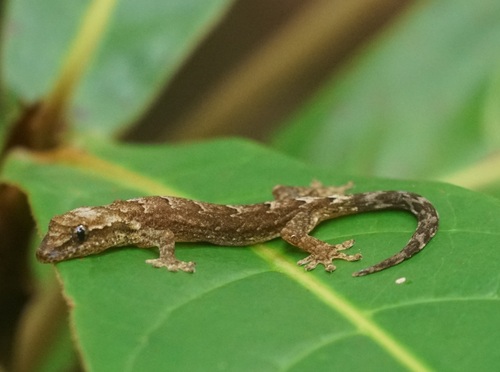
Mourning Gecko
Meet the mourning gecko (Lepidodactylus lugubris), a resilient, nocturnal marvel. Thriving in coastal habitats, it can clone itself via parthenogenesis. Its mottled skin offers perfect camouflage, ensuring survival across islands. This gecko plays a vital role in controlling insect populations, highlighting its ecological importance.
10-15 years
Lifespan
Brown, Grey, Dark, Beige, Light-Brown
Color
Low
Aggression
Least Concern
Conservation Status
Unknown
Population Trend
Characteristics
Lepidodactylus lugubris, commonly known as the mourning gecko, is a small, nocturnal lizard found in coastal and island habitats across the Pacific and Indian Oceans. It has a unique reproductive trait called parthenogenesis, allowing females to reproduce without males. These geckos exhibit a mottled coloration that aids in camouflage.
Distribution Range of the Mourning Gecko
Lepidodactylus lugubris, commonly known as the mourning gecko, is native to the Indo-Pacific region. This includes areas such as Southeast Asia, the Pacific Islands, and parts of the Indian Ocean islands. It is found naturally in countries like Malaysia, Indonesia, the Philippines, and parts of Polynesia.
Mourning Gecko's Habitat
Environmental Conditions
The mourning gecko typically inhabits coastal regions with warm, humid climates. It is often found in areas with abundant vegetation such as mangroves, coastal forests, and urban areas. The species thrives in environments that offer moisture and warmth, which are crucial for its survival.
Ecological Niche
Lepidodactylus lugubris occupies a niche as an insectivorous species, feeding on small insects and arthropods. It is a highly adaptable species, often found in human-modified environments like gardens, homes, and urban areas. Its ability to reproduce parthenogenetically allows it to colonize new areas quickly, contributing to its wide distribution.
Copyright @ Nature Style Limited. All Rights Reserved.
 English
English